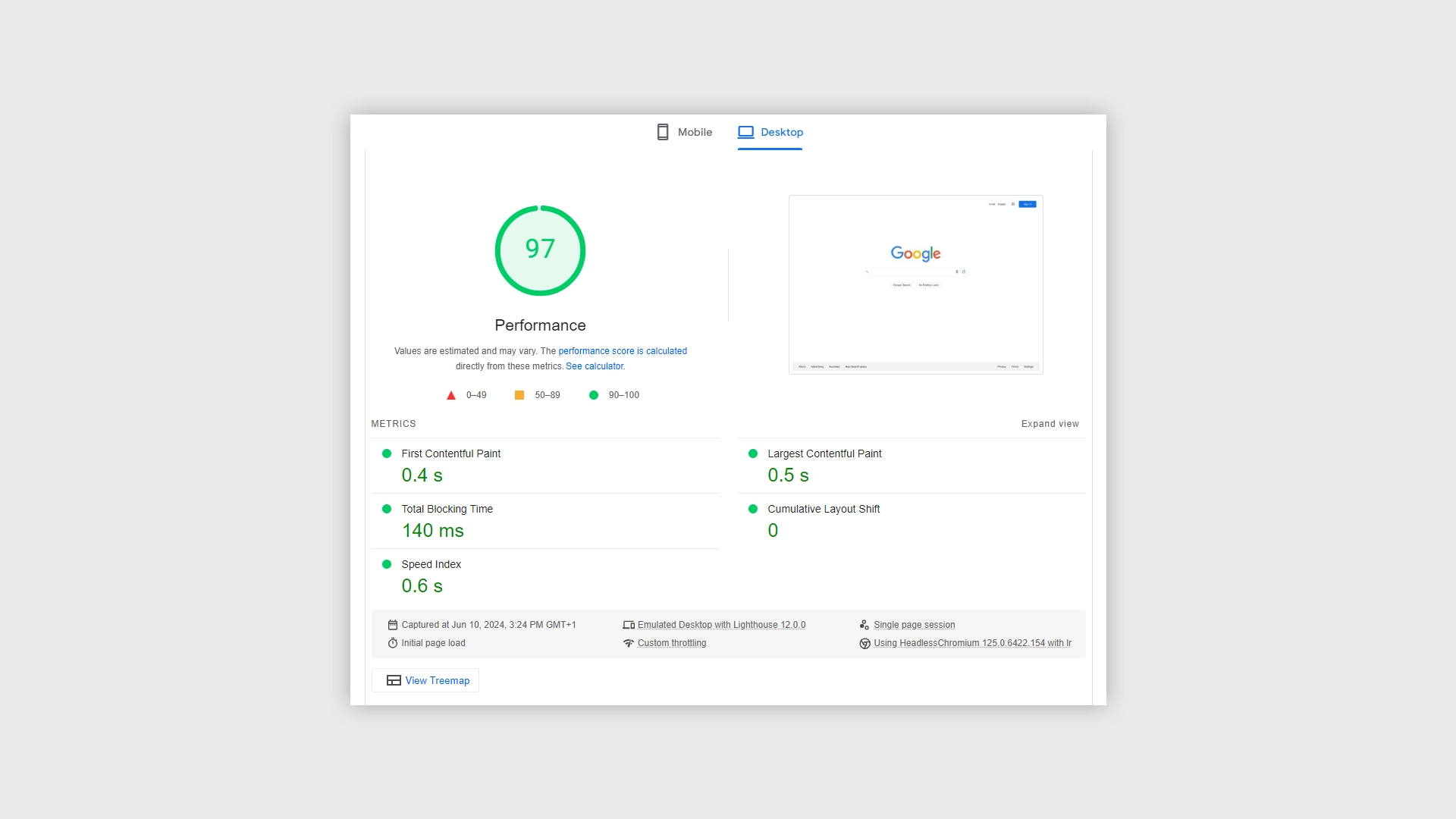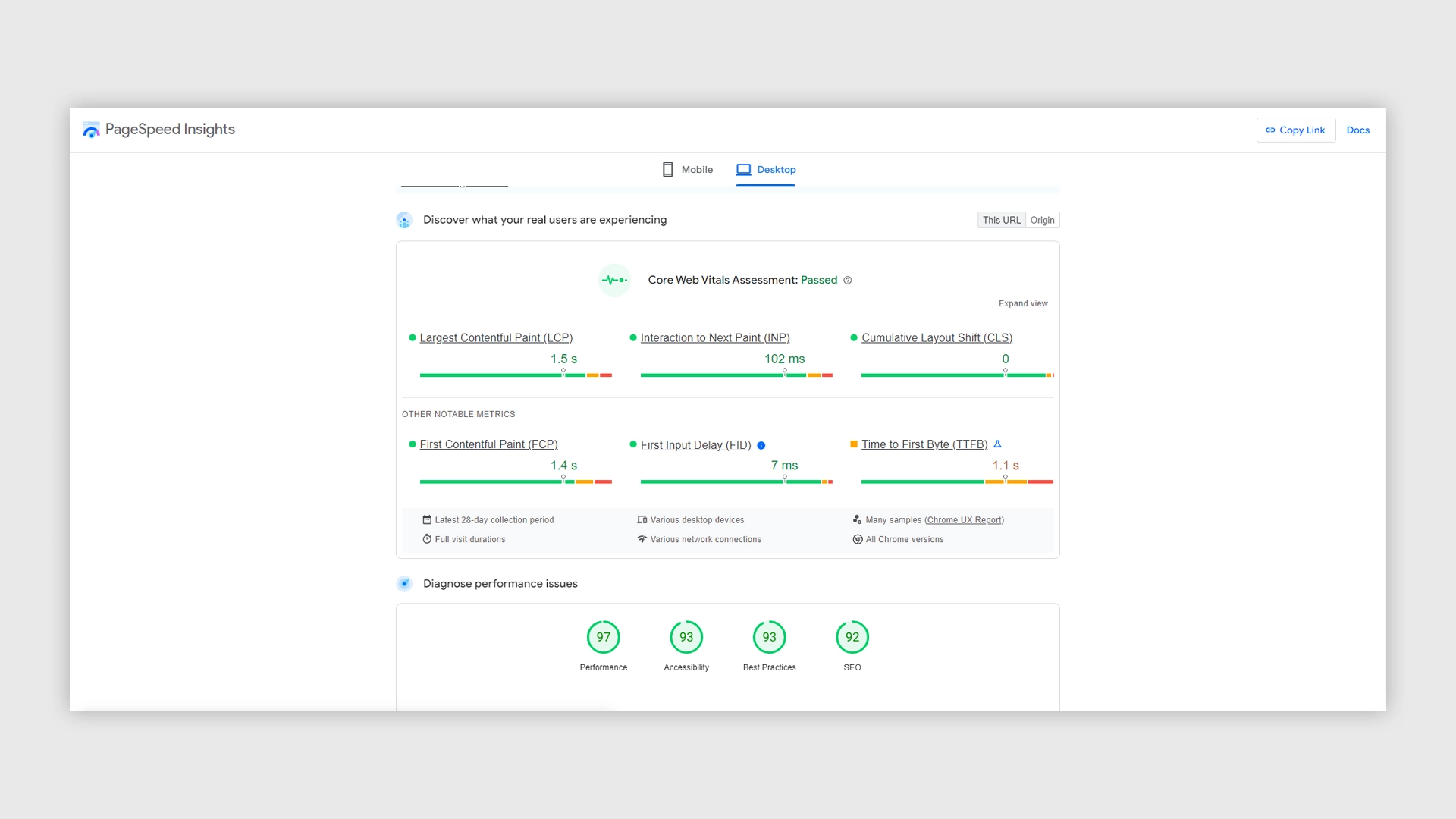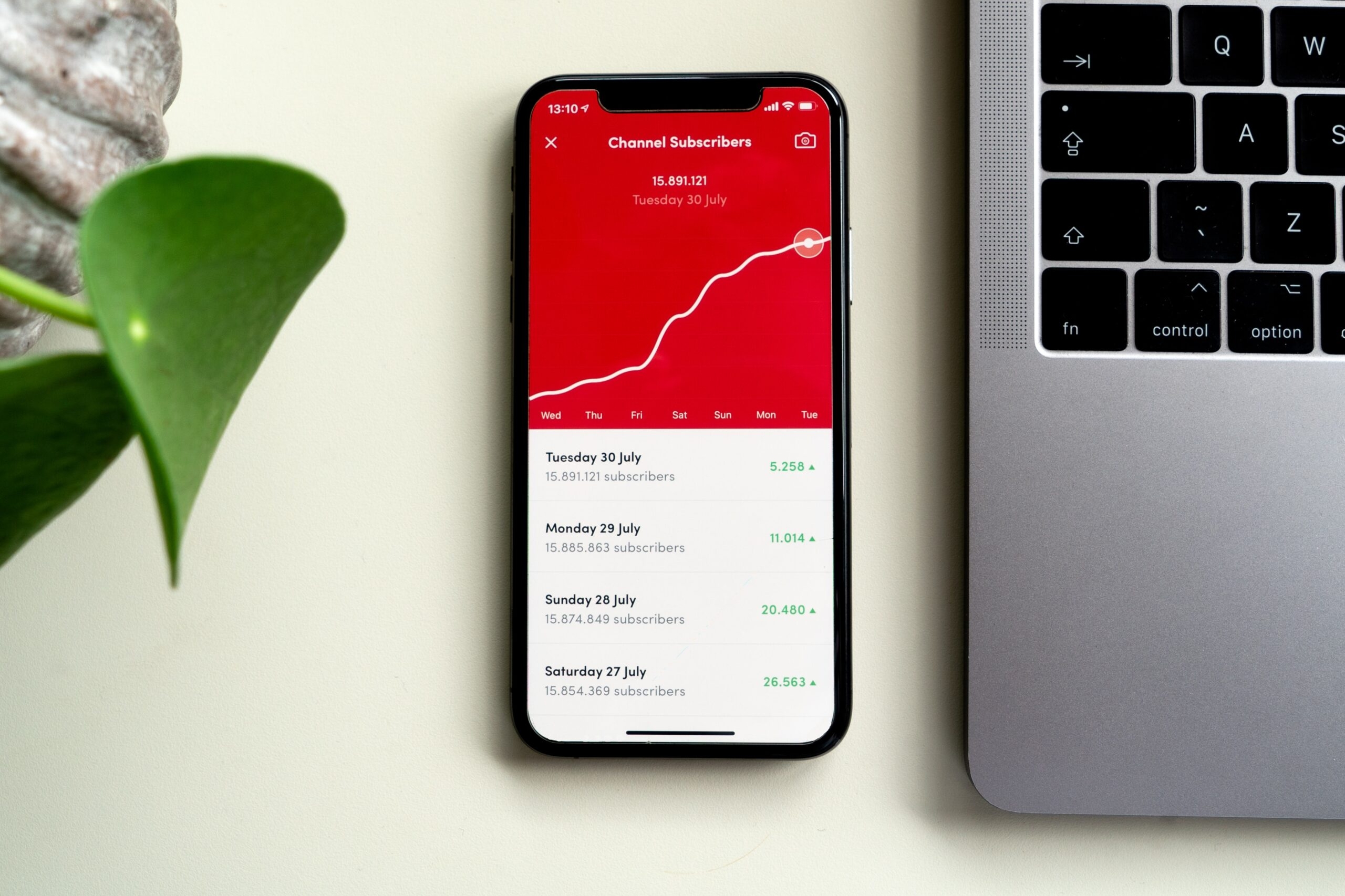How Website Speed Impacts UX and SEO Ranking
Why Website Speed Matters
The speed of your website and having fast loading pages is crucial for both a better user experience and to enable you to rank higher on search engines. A fast-loading website enhances user satisfaction, enhances user engagement, reduces bounce rates and increases conversions across your website. Google and similar search engines use site speed as a key ranking factor across their search results, making it essential for SEO and ranking higher.

User Experience
Site Abandonment & User Frustration
Slow websites frustrate users and can cause them to dislike your brand as a result, leading to higher abandonment rates and higher bounce rates across your pages and site. A fast and quick to load site ensures smooth navigation and a better overall experience for each individual customer, encouraging users to stay longer.
Have you ever had to wait longer than 3 seconds for a web page to load? If you did, it’s highly likely you left before it completely loaded and moved on to another site. This is why it’s important to pay attention to your website speed and loading times.
SEO and Site Ranking
Google’s Ranking Algorithm
Google highly prioritises fast loading websites and web pages over slower ones in its search rankings. Way back in 2010, Google announced that site speed would be a major ranking factor moving forward, which was further emphasised with the introduction of Core Web Vitals in 2020. These CWV metrics specifically measure aspects of site speed, user experience, site security and other metrics such as page loading performance, interactivity, and visual stability.
Organic Traffic and Ranking Higher
Faster loading sites are more likely to rank higher in search results whether it be on Google or other sites such as Bing, driving more organic traffic to your website as a result. Higher ranking pages across your site can lead to a higher number of users across your site, increased clicks and engagement, and ultimately more conversions due to a higher level of users being driven to your website. This makes website speed optimisation not just a technical necessity for organisations, but a critical aspect to ensure the success of your content and SEO strategy.
40% of online users will abandon a website that takes longer than three seconds to load (webfx.com)
Factors Influencing Site Speed
1. Website Performance: This includes your overall page loading time(s), usability, and perceived speed of your website taken from tests and the average loading time of your website from real users. Efficient coding practices, optimised resources, and minimal third-party scripts/plugins can enhance your website’s performance drastically.
2. Server Performance: Your server’s ability to handle requests, vast amounts of users and deliver content efficiently plays a crucial role in your sites ability to load fast and rank well. Using a reliable hosting provider, who provides a range of site performance optimisation products and support with optimising server configurations can improve response times.
3. Content Delivery: Heavy images, videos and other media can significantly slow down your website for users and increase the subsequent loading times. Content Delivery Networks (CDNs) can help distribute content more efficiently to users around the globe, helping to improve your overall site performance and thus helping to rank higher.
4. Connection Type: Ensuring your website performs optimally across different internet connections, including slower mobile networks and outdated desktop connections, is essential to improving your sites overall speed performance. Using a responsive design and adaptive images can help reduce the risk of slow loading connection types.
5. User’s ISP: The speed and reliability of a user’s internet service provider (ISP) can also affect how quickly they are able to access and view your site. Optimising your site for various conditions relevant to ISP’s, can mitigate some of these issues.

How to measure your website's speed
In order to measure your own website’s performance you can use a range of different tools to provide you the information you need to implement optimisations.
Google PageSpeed Insights – You can utilise tools such as Google’s ‘PageSpeed Insights’ which is a free resource used to provide a range of different metrics and insights into a site’s make up and highlight the optimisations that need to be made to improve these metrics.
GTMetrix – Other tools such as GTMetrix can also be used to gain access to this type of information. While GTMetrix provides a range of data which is available in other tools, their PRO version of the software can uncover hidden metrics and optimisations which may not have been apparent initially.
Optimal Load Times
Ideal Load Time for Websites
Aim for a loading time of 1-2 seconds on both mobile and desktop devices as this will ensure your users are able to access your information quickly and effectively without waiting. Pages that take only one or two seconds to load have an average bounce rate of 9%, but pages that take five seconds to load have an average bounce rate of 38% (webfx.com).
This research indicates that pages loading within this timeframe tend to rank higher and retain more visitors due to these simple facts. In essence, the faster your website loads for users, the better the user experience, and the more favourable your pages will be in search rankings.

Key metrics
1. First Contentful Paint (FCP): This measures the time it takes for the first piece of content on your web page to appear on the screen for a user. A quick FCP gives users immediate feedback that the page is loading and can help to keep users on the page while waiting.
2. Speed Index: Indicates how quickly the content of a page is visibly populated across different devices when users are trying to access your content. A lower Speed Index score reflects faster loading of visible content.
3. Time to Interactive (TTI): Measures the time until the page is fully interactive and can be used by a user, for example being able to scroll, click a button or view content further down the page. A shorter TTI means users can start interacting with the page elements sooner which will lead to higher engagement levels and a better retention rate of users.
Tips to Improve Site Speed
1. Optimise Images: Use appropriate dimensions on your images that fits your web pages and ensures faster loading times. You can also compress images into different formats which will load faster, for example converting your website images from JPEG to WEBP files can achieve this. Tools are available across different platforms and CMS’s which enable businesses to optimise their images and content.
2. Minify CSS/JavaScript: Remove any unnecessary characters, lines and whitespace from your code files across your website to reduce the amount of content that needs to be read by your server. Tools like Google Closure Compiler can automate this process, making your files smaller and faster to load for servers and different internet connections.
3. Enable Compression: Older platforms such as Gzip or Brotli can be used to compress text-based files like HTML, CSS, and JavaScript files. This helps to reduce file sizes across your site and helps speed up delivery to the user’s browser.
4. Reduce Redirects: Minimise the number of page and content redirects on your site to cut down on any additional HTTP requests and delays being made across your site. Each redirect that you have for a specific page or piece of content adds extra time to the page loading process.
5. Preload Key Requests: Use coded resource hints like <link rel=”preload”> (as an example) to load essential resources early, helping to load the most important parts of your site first, so users are persuaded to stay and wait for the page to load. This can help ensure critical assets are available sooner, improving perceived performance.
6. Use Efficient Media Formats: Similar to images, you can also convert GIFs to video formats where appropriate, or convert them to other image formats like WebP. These formats offer better compression and faster load times for sites.
Improving site speed is vital for enhancing your overall user experience and boosting your presence in search rankings. Through regularly auditing and optimising your website, you can ensure it meets the required speed standards needed to retain and attract users. While also providing a seamless user experience, prioritising speed will help to gain a competitive edge in search results and user satisfaction.
More interesting content...
Like this story? Share it on your social media...
For more of the latest content, why not subscribe to our mailing list...






